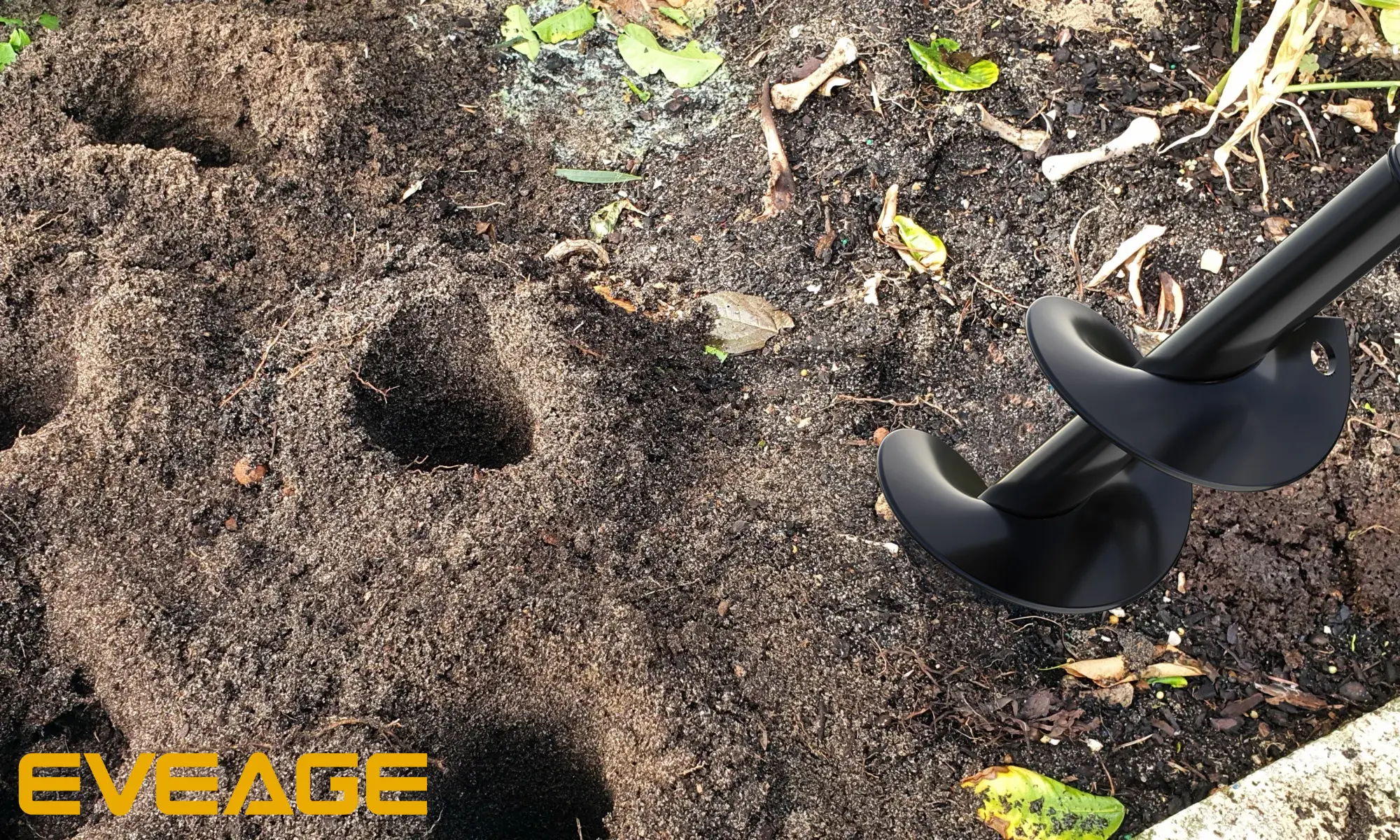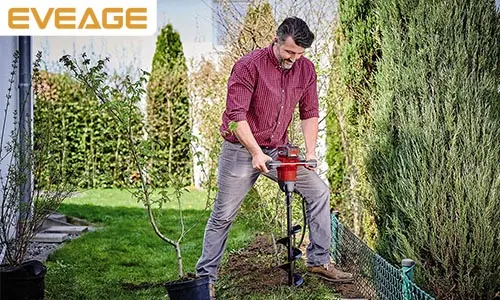Introduction
No matter how much experience you have with an auger, it’s easy to make mistakes and cause problems. If your auger isn’t digging properly, here are some things to check:
Your auger bit is dull.
If your bit is dull, you need to sharpen it. There are a few ways to do this:
-
Use a stone or file to sharpen the bit. You can use either of these tools on the cutting edge of your auger bit. It may take some time and patience, but if you’re careful, you’ll get results!
-
Use an electric drill with a built-in sharpening kit. If you have access to electricity where your auger is operating, this method can be quick and easy for those who don’t want to spend hours working on their equipment manually doing things like sharpening bits by hand or using other tools like stones or files (which can be hard work). However if there’s no power source nearby then this won’t work so well either; if there’s no power source around then maybe consider instead trying something else? Like maybe just getting another tool altogether? Like maybe one that doesn’t require any kind of maintenance at all because after all nobody wants their equipment breaking down right now when they could be making money off it instead!
Your auger bit isn’t the correct size for your machine.
If the auger bit is too large for your machine, you will have trouble getting it to dig in the ground. In some cases, an oversized auger bit can even break through the metal guard that protects the blades and cause a potentially dangerous situation.
The first step in determining if your auger is large enough is to check with the manufacturer’s instructions and manual. If these provide no information about proper size but do recommend consulting an expert or contacting them directly, do so! The professional will be able to suggest what works best for their particular machine and should know whether they would recommend buying one of their own products if the user needs replacement parts.
You aren’t using a long enough auger bit for the job.
If your auger isn’t digging, this is likely the reason why. If you are having problems drilling through soil that is more dense than normal, or if you are working in clay soil, consider using a longer auger bit. A standard 20″ auger bit will usually be more effective than one that is shorter.
If you have any additional questions about using an auger on your project please contact us and we will be happy to help!
You’re struggling to keep the auger straight as you dig.
If you’re having trouble keeping the auger straight as you dig, there are a few ways to make sure it’s drilling in the right direction.
-
Use a guide. A guide can help ensure that your hole remains vertical or horizontal, depending on your needs. You can use anything from a piece of string to a tape measure; just make sure that it’s marked at regular intervals so that it provides accurate measurements as you work. If all else fails and there are no obvious landmarks around (like trees), try using an inclinometer to get an idea of which way is up and down before digging starts. This will ensure that even if the ground becomes unstable, or if there are other factors like water pressure that may affect your ability to stay stable while digging, giving yourself some warning will give time for precautions such as wearing safety gear or even stopping altogether until things settle down again .
-
Use a level/plumb bob/spirit level/. Laser levels work great because they’re cheap enough so everyone should own one anyways! Also when placing them into concrete their accuracy tends not vary much over time.”
You aren’t controlling your speed properly.
Control of your speed and feed rate is important for creating a consistent hole size. To control these, you need to understand how to control your auger’s torque, rotation and pressure.
To control torque:
-
Use the manual override spring-loaded handle located on top of the hydraulic motor on your auger (the handle will have an ON/OFF sticker).
-
Make sure there are no obstructions in front or behind of the cutter head before cranking it up! You can also engage both blades at once by pulling back on both handles at once as well as locking them into place with a pin wrench or Allen key if necessary.
To control rotation:
-
If you’re using an electric drill motor instead of a diesel engine, then make sure that your drill has enough power so that it doesn’t bog down when spinning through ice or hard rock like concrete/brick.”
The soil type is unsuitable for digging with an auger bit.
Soil type is one of the most important factors in determining the performance and durability of your auger bit. If you are using an auger to dig in hard or rocky soil, then you may have a problem.
Hard and rocky soils will wear out your blades much quicker than softer, more pliable soils like sand or clay. To avoid this issue when using an auger to dig in hard ground, consider using a larger sized bit with more teeth per inch (TPI). This will allow you to effectively cut through tough material while maintaining control over how easily your machine can move through it.
Check these things and get help if you need it.
-
Check that the auger bit is sharp.
-
Make sure it’s the right size and type for the soil you’re digging in.
-
Ensure it has a long enough shank length for your machine and the depth of your hole, and make sure there’s enough room between the bottom of the auger bit and ground level before starting to dig, especially if you have hardpan (a layer of unyielding rock) or other obstructions underneath.
-
Check that the soil is suitable for using an auger bit on—this means being able to cut into it easily without too much resistance from roots or large amounts of clay-like material in its composition.
Conclusion
If you’re having trouble with your auger, we hope this article has helped you identify the problem and come up with a solution. If you need help from an expert, contact us at [email protected] or visit our website for more information about our services.



